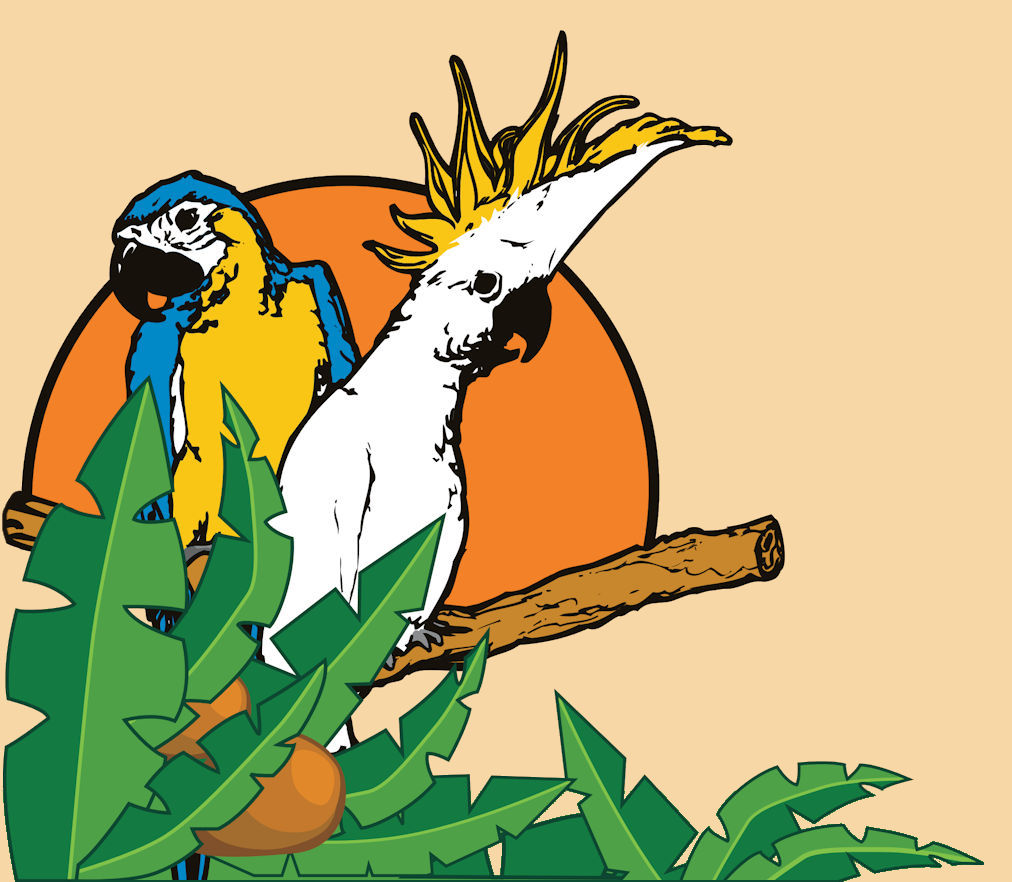Parrots can be great companions, but many are still very in-tune with their wild instincts. With Spring arriving, bird of all kinds will be going through hormonal changes and may act differently and exhibit new behaviors.
Signs to Look For:
Paper shredding: This is a very common behavior in all birds, from finches and lovebirds, to amazons, cockatoos, and macaws. Many will reach through the grate at the bottom to pull up the bedding and tear it into strips. This material would be made into a nest or placed within a box as lining.
Preferring one person, regurgitation: Pair bonds between parrots are often strong, so when a bird perceives a human as its mate, it may become very protective of one person and not engage socially with others as it once did.
More destructive: Other birds may become more destructive during this time, and will go through their toys faster than usual! It is important to replace them as needed to prevent boredom and destructive habits on your personal items.
Looking for dark areas to hide in: In the wild most parrots will nest in unoccupied tree cavities they find. Cabinets, under dressers, and in closets that are dark and enclosed are very similar. And they may try to retreat to these places if they are left to roam the house.
More vocal: As they are very social, many parrots will want to call for a mate or act out and show off. These behaviors may be directed toward one person, or no one in particular.
More defensive of their cage/area: If a bird does not have a nest cavity, its cage may be perceived as its space, and it will not want you encroaching into its home/nest.
Many times there are not quick solutions for these unwanted behaviors, but this is a normal period in your birds lifecycle. Some birds react strongly, other times you may not notice any changes. Behaviors can be short-lived, lasting only a week, or much longer, for even a month. Some behaviors, like paper shredding, can be discouraged by changing the type of bedding to walnut shell or corn cob. Prevent hiding in dark areas by closing off gaps under furniture or providing a stand instead of letting them walk on the ground. Some of the bonding and breeding behaviors are actually established and unknowingly encouraged by owners- like constant petting. Try engaging your bird with independent play, foot toys, or training sessions.
